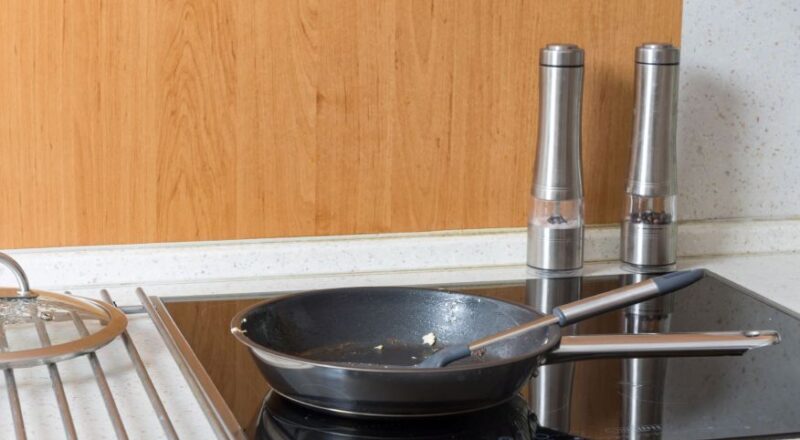For kitchen professionals and home cooks alike, maintaining the quality and longevity of your cast iron skillet is crucial. The process of cast iron cleaning without damaging seasoning is an art that ensures your beloved cookware remains in top condition. In this guide, we will delve into effective methods to clean cast iron skillets while preserving their precious seasoning. Let’s explore how to achieve this balance.

Understanding Cast Iron Seasoning
The seasoning on a cast iron skillet is a layer of polymerized oil that gives it its non-stick properties. This layer not only enhances cooking but also protects the skillet from rust. Understanding the importance of this seasoning is the first step in maintaining your cookware.
Why is Seasoning Important?
Seasoning acts as a natural non-stick surface, reducing the need for synthetic coatings. It also provides a protective barrier against moisture, preventing rust and prolonging the life of the skillet. Therefore, preserving this seasoning during cleaning is essential.
Tools and Materials Needed for Cleaning
To clean your cast iron without harming the seasoning, you’ll need a few key tools:
- Soft-bristle brush or sponge
- Warm water
- Coarse salt for stubborn residues
- Paper towels or a clean cloth
- Vegetable oil for reseasoning if necessary
Step-by-Step Guide to Cleaning
1. Rinse Immediately After Use
After cooking, rinse your skillet with warm water. This helps remove food particles and prevents them from hardening on the surface.
2. Use a Soft-bristle Brush
Gently scrub the skillet with a soft-bristle brush or sponge to remove any remaining food. Avoid using steel wool or abrasive pads, as they can strip away the seasoning.
3. Employ Coarse Salt for Tough Stains
For stubborn residues, sprinkle coarse salt on the skillet and scrub gently. The salt acts as a mild abrasive that helps lift off food particles without damaging the seasoning.
4. Dry Thoroughly
After rinsing, dry the skillet immediately with paper towels or a clean cloth. This prevents moisture from causing rust.
5. Re-season If Necessary
If you notice any bare or dull spots, apply a thin layer of vegetable oil to the skillet’s surface and heat it in the oven at 350F for an hour. This helps restore the seasoning.
Common Mistakes to Avoid
Using Soap
Many people believe soap should never touch cast iron, but a small amount of mild soap is safe. However, frequent use can strip the seasoning, so it should be used sparingly.
Soaking the Skillet
Avoid soaking your skillet in water, as this can lead to rust. Quick rinses are effective and safer for the seasoning.
Benefits of Proper Cleaning
Maintaining a well-seasoned cast iron skillet offers numerous benefits:
- Enhanced non-stick properties
- Improved heat distribution
- Increased durability and lifespan
Special Considerations
Caring for Enameled Cast Iron
Enameled cast iron requires a slightly different approach. While it doesn’t need seasoning, care should be taken to avoid chipping the enamel. For more on this, visit our guide on enameled cast iron care.
Storing Cast Iron
Proper storage is crucial. Ensure your skillet is completely dry before storing it in a cool, dry place. Consider using a paper towel to absorb any moisture. Learn more about storing cast iron effectively.

FAQs
Can I use soap on my cast iron skillet?
Yes, but sparingly. A small amount of mild soap won’t harm the seasoning, but avoid frequent use.
What happens if my skillet rusts?
If rust develops, scrub it off with steel wool and re-season the skillet to restore its protective layer.
How often should I re-season my cast iron?
Re-seasoning is typically needed if you notice bare spots or if the skillet loses its non-stick properties.
For more insights, check out this guide on induction cooktops and cast iron usage.
This article contains affiliate links. We may earn a commission at no extra cost to you.

